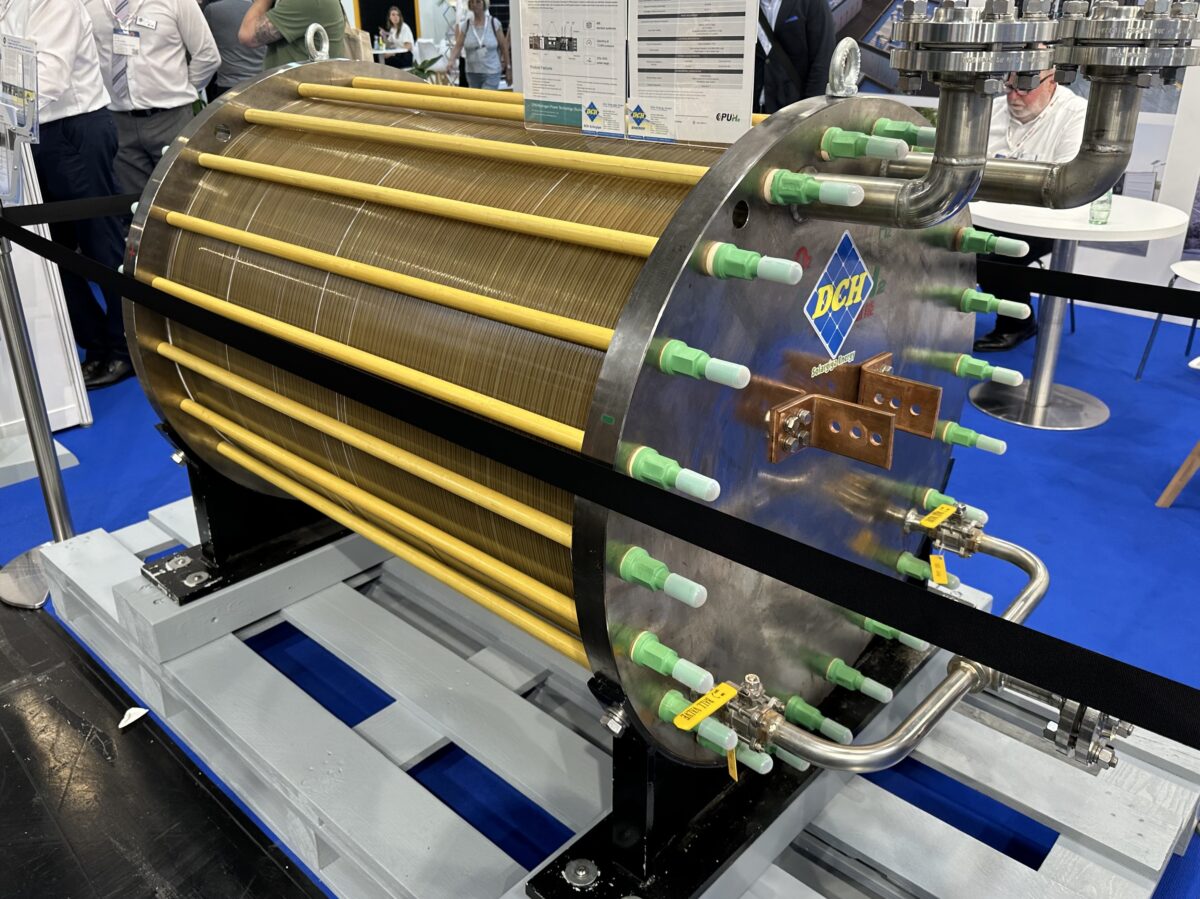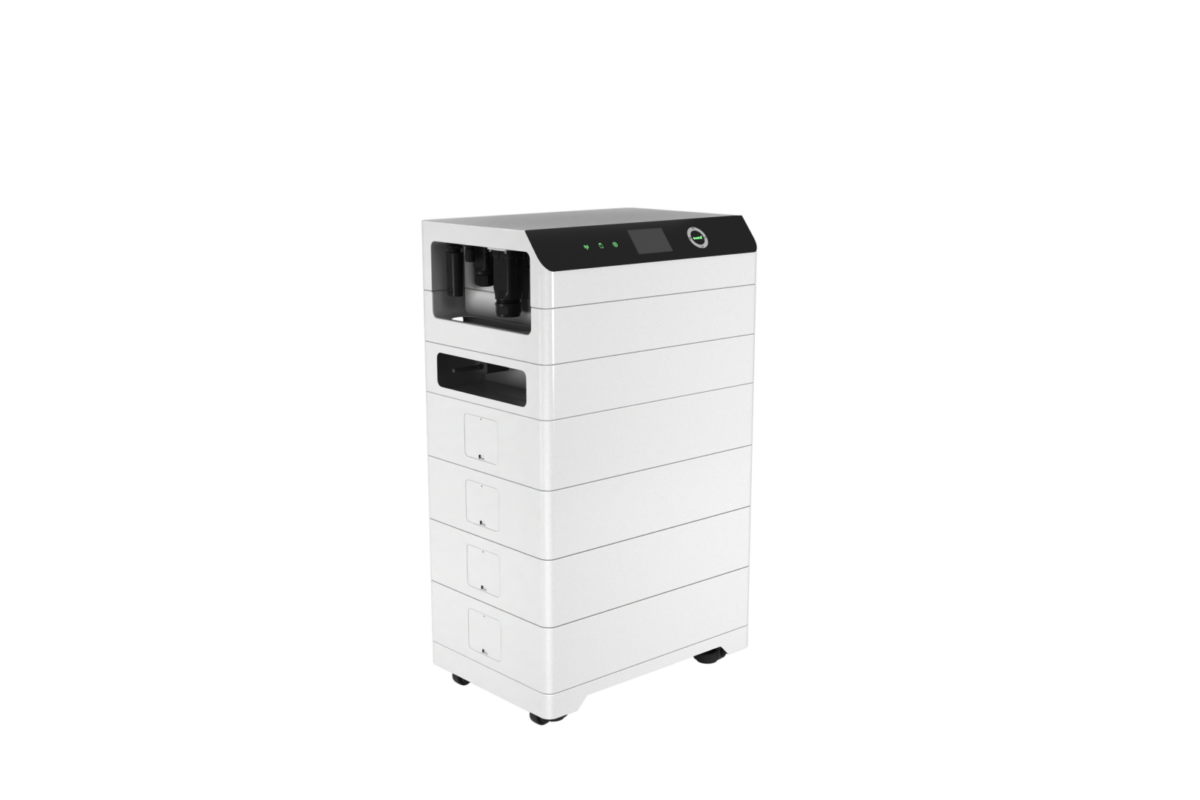Italian researchers have found hydrogen storage offers more supply-side flexibility than batteries. Their study, published in Applied Energy, shows the optimal PV-to-electrolyzer ratio ranges from 1.8 in southern Italy to 2.1 in the north. They have also found that grid dependence increases by 60% when considering the aging of PV systems, electrolyzers, and batteries, raising the levelized cost of hydrogen (LCOH) by 7%. The research, conducted by the Università degli Studi di Firenze, used hourly data and the Multi Energy System Simulator (MESS) for optimal sizing, aiming to minimize LCOH while complying with green hydrogen incentives. They concluded that stricter temporal requirements for certification raise green hydrogen by 22% while only slightly increasing LCOH.
Fraunhofer Institute for Solar Energy Systems ISE and its partners have developed a global hydrogen potential atlas to identify sustainable locations for the green hydrogen economy. The atlas highlights Germany's potential partner countries for cooperation, detailing trade volumes, production, and transportation costs for 2030 and 2050. The research team said it analyzed the cost of hydrogen imports from Brazil, Morocco, Canada, Ukraine, and the UAE, showing that import costs could range from €3.50 ($3,68)/kg to €6.50/kg in 2030 and €2/kg to €4.50/kg in 2050. The study also found that liquid hydrogen could become the most cost-effective option for long-term hydrogen imports by ship, though this technology is not yet available. Among Power-to-X products, ammonia appears the most promising for short- to medium-term use, followed by methanol and Fischer-Tropsch synthesis products.
EWE said it has completed its HyCAVmobil research project at its gas storage site in Rüdersdorf, near Berlin. The project, in partnership with the German Aerospace Center (DLR), demonstrated the safe storage of hydrogen in an underground cavern. EWE plans to apply the knowledge gained from operating the 500-cubic-meter test cavern to larger caverns with 1,000 times the volume. CEO Stefan Dohler said the company aims to establish large-scale hydrogen storage in salt caverns, noting that EWE already controls 15% of Germany's cavern storage facilities suitable for hydrogen.
The European Commission, in the first week of its new mandate, has launched the second auction of the European Hydrogen Bank with a €1.2 billion budget from EU funds, plus over €700 million from three Member States, to boost renewable hydrogen production across the European Economic Area (EEA). The auction is financed by the Innovation Fund, using EU Emissions Trading System revenues. The commission said it also introduced an “Auctions-as-a-service” mechanism, allowing Member States to fund projects that were not selected for Innovation Fund support due to budget constraints.
This content is protected by copyright and may not be reused. If you want to cooperate with us and would like to reuse some of our content, please contact: editors@pv-magazine.com.



By submitting this form you agree to pv magazine using your data for the purposes of publishing your comment.
Your personal data will only be disclosed or otherwise transmitted to third parties for the purposes of spam filtering or if this is necessary for technical maintenance of the website. Any other transfer to third parties will not take place unless this is justified on the basis of applicable data protection regulations or if pv magazine is legally obliged to do so.
You may revoke this consent at any time with effect for the future, in which case your personal data will be deleted immediately. Otherwise, your data will be deleted if pv magazine has processed your request or the purpose of data storage is fulfilled.
Further information on data privacy can be found in our Data Protection Policy.